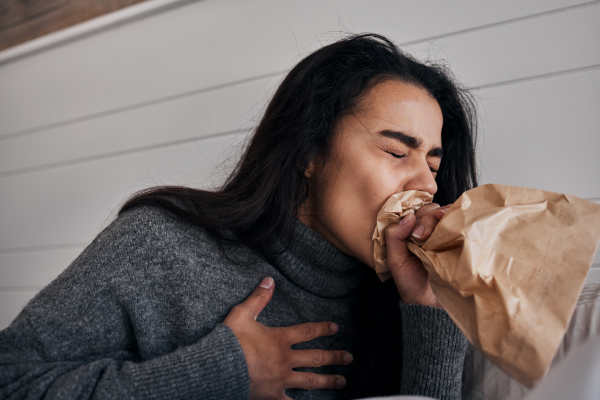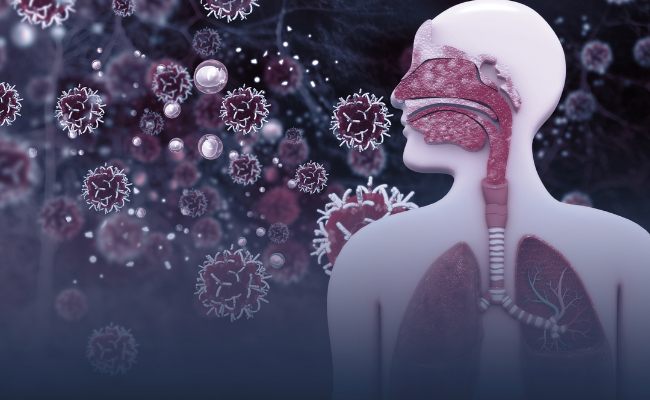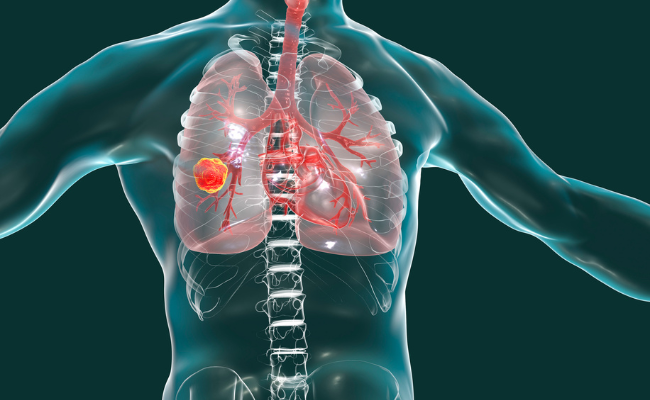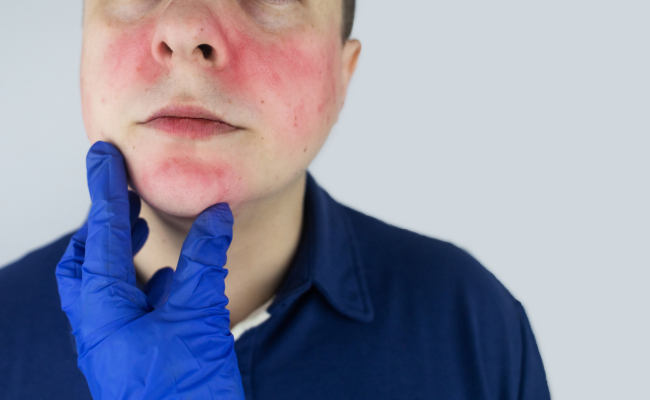How to Treat Chronic Obstructive Pulmonary Disease?
- January 23, 2024
- No Comments
What is Chronic Obstructive Pulmonary Disease (COPD)?
COPD, or Chronic Obstructive Pulmonary Disease, is a advancing lung ailment characterized by constrained airflow, resulting in challenges with breathing. Chronic bronchitis and emphysema fall under the COPD umbrella, with long-term exposure to irritating substances, notably cigarette smoke, being the primary cause. This condition is a significant global cause of morbidity and mortality. COPD serves as an encompassing term for a spectrum of advancing lung diseases, where a diagnosis may indicate the presence of chronic bronchitis, emphysema, or a combination of both. The gradual progression of COPD results in a gradual decline in respiratory function, posing challenges to breathing over time.
Why Does Chronic Obstructive Pulmonary Disease Occur?
COPD typically develops as a result of prolonged exposure to harmful lung irritants. Smoking is the primary cause, responsible for approximately 85% of COPD cases. Additional risk factors comprise exposure to dust and chemicals in the workplace, environmental air pollution, and genetic predispositions. Over time, these irritants cause inflammation and damage to the airways and alveoli, leading to the characteristic symptoms of COPD.
How to Identify Chronic Obstructive Pulmonary Disease?
Identifying COPD involves a combination of medical history, physical examination, and diagnostic tests. Typical symptoms encompass persistent cough, breathlessness, wheezing, and a sensation of tightness in the chest. Spirometry, a lung function test, is a key diagnostic tool for COPD. Imaging studies, such as chest X-rays or CT scans, may also be conducted to assess lung damage and rule out other conditions.
Treatment Solutions for Chronic Obstructive Pulmonary Disease:
Lifestyle Modifications:
- Smoking Cessation: The most crucial step in managing COPD is quitting smoking. This significantly slows disease progression and improves overall lung function.
- Physical Activity: Engaging in regular physical activity helps improve cardiovascular health and enhances lung efficiency.
Medications:
- Bronchodilators: These medications relax the muscles around the airways, making breathing easier. Short-acting bronchodilators deliver rapid relief, whereas their long-acting counterparts provide enduring benefits.
- Inhaled Corticosteroids: These medications help reduce inflammation in the airways, especially in more advanced cases or during exacerbations.
- Phosphodiesterase-4 Inhibitors: Prescribed for severe COPD, these medications help reduce airway inflammation.
Pulmonary Rehabilitation:
- Exercise Training: Structured exercise programs tailored to individual needs can improve muscle strength and endurance, reducing symptoms and enhancing overall well-being.
- Education and Counseling: Pulmonary rehabilitation provides education on managing COPD, breathing techniques, and psychological support to cope with the emotional aspects of the disease.
Oxygen Therapy:
- Long-term Oxygen Therapy (LTOT): Administered for individuals with severe COPD and low blood oxygen levels, LTOT improves survival rates and enhances quality of life.
Surgery:
- Lung Volume Reduction Surgery (LVRS): In select cases, surgery may be considered to remove damaged lung tissue, allowing the remaining healthy lung to function more efficiently.
- Lung Transplant: For individuals with end-stage COPD, a lung transplant may be a viable option.
Benefits of Timely Treatment for Chronic Obstructive Pulmonary Disease:
- Improved Symptom Management: Timely treatment helps alleviate symptoms like cough, shortness of breath, and wheezing, improving the individual's overall quality of life.
- Slowed Disease Progression: Lifestyle modifications, especially smoking cessation, and appropriate medical interventions can slow the progression of COPD, preventing further lung damage.
- Enhanced Physical Activity: Pulmonary rehabilitation programs enable individuals to engage in regular physical activity, improving cardiovascular health and lung function.
- Reduced Exacerbations: Proper management reduces the frequency and severity of COPD exacerbations, minimizing the impact on daily life and reducing the risk of hospitalization.
- Improved Emotional Well-being: Education and counseling provided in pulmonary rehabilitation contribute to improved emotional well-being, helping individuals cope with the challenges of living with a chronic lung condition.
- Extended Survival Rates: Timely treatment, including oxygen therapy and surgical interventions when necessary, can contribute to increased survival rates for individuals with COPD.
- Enhanced Quality of Life: Overall, effective treatment measures enhance the quality of life for individuals with COPD by managing symptoms, improving lung function, and addressing psychological well-being.
- Prevention of Complications: By addressing COPD in its early stages, complications such as respiratory infections and cardiovascular issues can be prevented or minimized.
- Optimized Healthcare Resource Utilization: Timely and appropriate treatment helps optimize healthcare resources by reducing the need for emergency care and hospitalizations.
- Individualized Care Plans: Tailored treatment plans, considering the specific needs and severity of COPD, contribute to better outcomes and individualized care for each patient.











Comments (0)
No comments yet